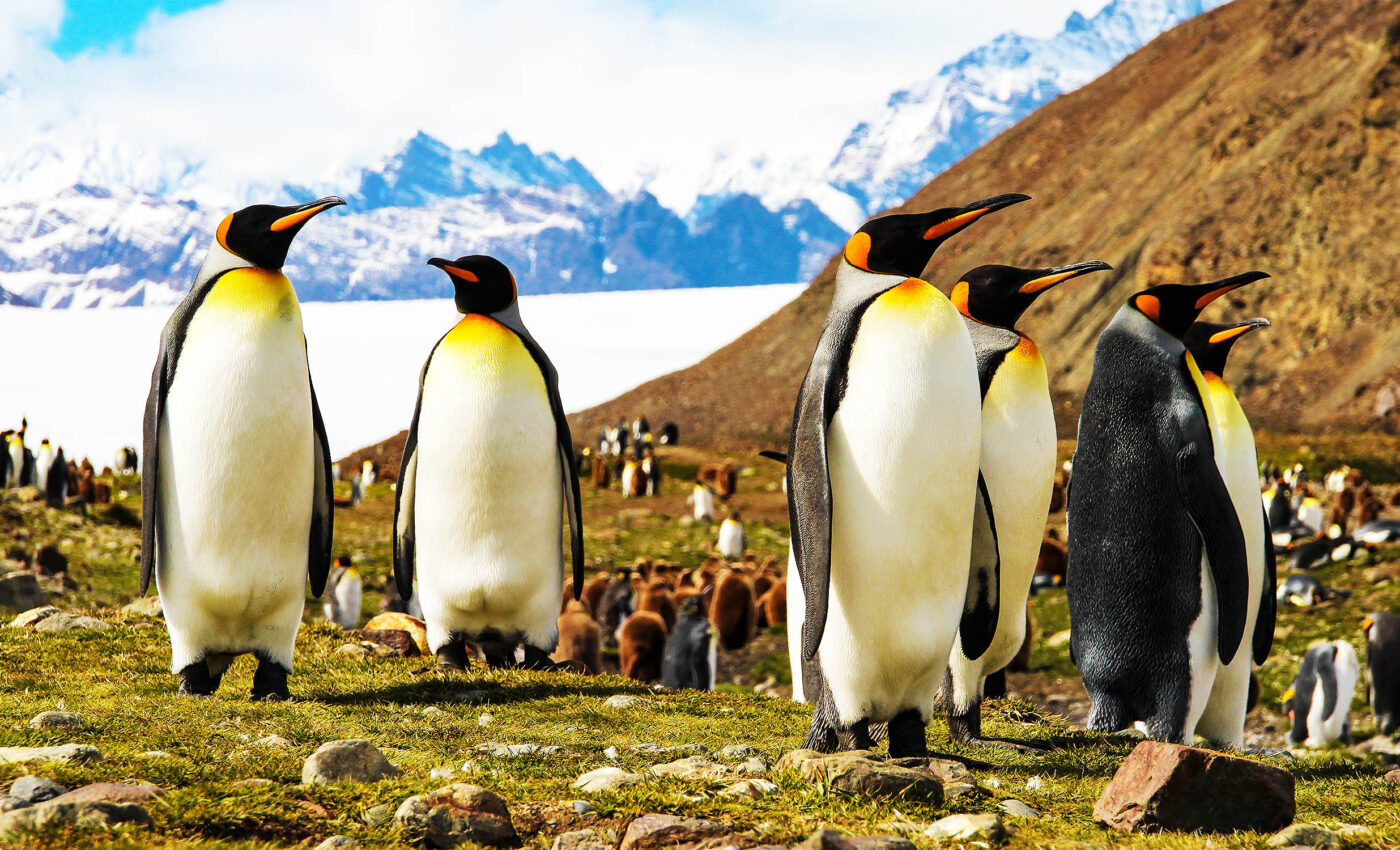
Record low Antarctic sea ice, rapid melting pace, stuns climate scientists
In 2023, Antarctic sea ice reached historically low levels, with over two million square kilometers less ice than usual during winter, equivalent to about ten times the size of the UK.
This significant reduction follows decades of steady growth in sea ice up to 2015, making the sudden decline even more surprising.
Remarkably low Antarctic sea ice levels
Researchers from the British Antarctic Survey (BAS) used a large climate dataset called CMIP6 to investigate this unprecedented sea ice loss.
They analyzed data from 18 different climate models to understand the probability of such a significant reduction in sea ice and its connection to climate change.
According to lead author Rachel Diamond, although 2023’s extreme low sea ice was made more likely by climate change, such an occurrence was still considered very rare.
“This is the first time this large set of climate models has been used to find out how unlikely 2023’s low sea ice actually was. We only have forty-five years of satellite measurements of sea ice, which makes it extremely difficult to evaluate changes in sea ice extent,” she explained.
Climate models predictions
According to the climate models, the record-breaking minimum sea ice extent would be a one-in-a-2000-year event without climate change.
“This tells us that the event was very extreme – anything less than one-in-100 is considered exceptionally unlikely,” Diamond continued.
Caroline Holmes, a co-author on the study, added, “Strong climate change – i.e. the temperature changes we’re already seeing, and those expected if emissions continue to rise rapidly – in the models makes it four times more likely that we see such a big decline in sea ice extent.”
To Holmes and her team, this suggests that 2023’s extreme low was made more likely by climate change.
Potential for recovery
The researchers also used the models to examine the potential recovery of Antarctic sea ice. They found that after such extreme sea ice loss, not all the sea ice around Antarctica returns, even after twenty years. This suggests that recent low sea ice could indicate a lasting regime shift in the Southern Ocean.
“The impacts of Antarctic sea ice staying low for over twenty years would be profound, including on local and global weather and on unique Southern Ocean ecosystems — including whales and penguins,” said co-author Louise Sime, an expert in ice dynamics and paleoclimate at BAS.
Historic data records of Antarctic ice
Satellite records of Antarctic sea ice began in late 1978, showing a slight and steady increase in sea ice extent until 2015. However, 2017 saw a record low, followed by several years of relatively low sea ice extent.
Various complex factors influence Antarctic sea ice, making it difficult to pinpoint why 2023 was a record-breaking year.
Recent studies have emphasized the roles of ocean processes, heat stored below the surface, and warm sea surface temperatures during the first half of 2023.
Additionally, strong variations in north-to-south winds and storm systems played a role.
Protecting Antarctic sea ice
Antarctic sea ice is crucial for understanding climate change. It influences ocean currents, weather patterns, and protects ice shelves from waves, thereby reducing Antarctica’s contribution to sea level rise.
It is also vital for marine life, as seen in the catastrophic breeding failures of emperor penguin colonies due to low sea ice in recent years.
Studies like this are critical to determining the likelihood of rapid sea-ice losses and whether sea ice is likely to remain low in the coming decades.
Education and public awareness
Public awareness and education about Antarctic sea ice loss, and climate change in general, are crucial in addressing this global challenge.
Understanding the science behind climate change helps people grasp its impacts on the environment, economy, and society.
Increased awareness can drive collective action and policy changes necessary to mitigate its effects.
Simple ways to help
Individuals can contribute significantly to combating climate change through everyday actions. Reducing energy consumption at home is a straightforward way to start.
- Switching to energy-efficient appliances, using public transportation, biking, or walking instead of driving can lower carbon footprints.
- Simple habits like turning off lights when not in use and setting thermostats to energy-saving temperatures also help.
- Waste reduction is another critical area. Recycling, composting, and minimizing single-use plastics can decrease greenhouse gas emissions from landfills.
- Supporting and buying from companies with sustainable practices encourages more businesses to adopt eco-friendly operations.
- Advocacy and community involvement are powerful tools for change. People can join or support environmental organizations, participate in local clean-up events, or advocate for green policies in their communities.
- Educating others, especially younger generations, about the importance of sustainability ensures a long-term commitment to climate action.
Collectively, these actions foster a culture of environmental stewardship, driving progress toward a more sustainable future. Public awareness and individual contributions form the foundation of a global effort to combat climate change.
The research is published in the journal Geophysical Research Letters.
—–
Like what you read? Subscribe to our newsletter for engaging articles, exclusive content, and the latest updates.
Check us out on EarthSnap, a free app brought to you by Eric Ralls and Earth.com.
—–













